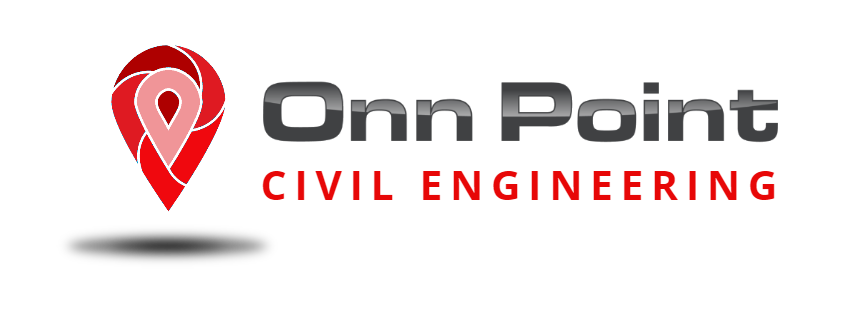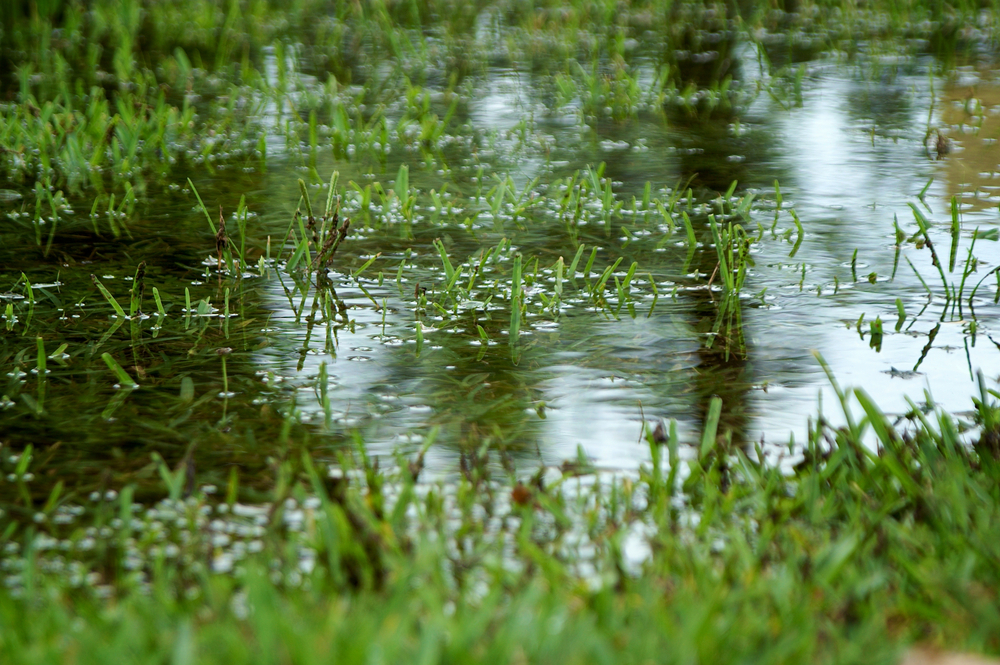So, you’ve received planning conditions on your drainage strategy. Any architect, planner, or developer will know just how pivotal these conditions are in shaping the trajectory of your project. But how can we make sure they’re met and avoid costly setbacks and delays?
This blog by the drainage design consultants at Onn Point will uncover what to do if you’ve received planning conditions on your drainage strategy and the consequences you may face if these conditions aren’t adhered to. But first, let’s define what planning conditions actually are…
What are Planning Conditions?
Defined by the National Planning Policy Framework (NPPF), planning conditions are requirements attached to planning permissions or included in Local Development Orders. Essentially acting as safeguards, planning conditions make sure developments meet specific criteria and regulations to promote sustainability and environmental responsibility. Understanding them is crucial to effectively navigate the development process and ensure the success of your project.
What Do I Do About Planning Conditions on My Drainage Strategy?
If you’ve received planning conditions on your drainage strategy, it’s natural to worry about the implications of these conditions on your project. However, it’s essential to remember that although these conditions can be challenging, they’re not impossible to overcome. Here’s what to do:
- Conduct a Thorough Review:Begin by carefully examining the conditions imposed. Take time to understand the specific requirements and how they relate to your sustainable drainage strategy.
- Clarify Any Uncertainties:Reach out to the Local Planning Authority for clarification if any conditions seem ambiguous or if you need further explanation. This early engagement can help preempt potential challenges and streamline the process.
- Gather the Necessary Data:Assess the information available for your drainage strategy. Determine if additional surveys or studies are necessary to properly fulfill the conditions.
- Collaborate with a Drainage Design Specialist:At Onn Point, we’re proud to be your trust drainage design specialist team. We’ll review the conditions imposed on your project and advise on the most efficient path forward.
- Customised Strategy Development:Our experienced professionals will develop a tailored drainage strategy that effectively addresses the conditions to get your project off the ground and optimise outcomes.
- Prepare the New Strategy Documents:Compile all the necessary documentation for your new drainage strategy, including survey reports, design proposals, and compliance assessments. Remember, accuracy and completeness are key to smooth approvals.
- Submission and Follow-Up:ubmit your revised drainage strategy to the Local Planning Authority and follow up as needed to track progress and to promptly address any additional requirements.
What Happens If I Ignore the Planning Conditions?
When you ignore planning conditions for a sustainable urban drainage system design, you’re essentially risking the entire future of your project. Here are just a few of the potential consequences you could face:
- Legal Ramifications: Non-compliance with planning conditions can result in legal action, including fines, enforcement notices, or even project injunctions.
- Schedule Disruptions: Ignoring conditions for sustainable drainage systems can lead to delays in approvals. This causes significant disruption to project timelines, potentially incurring additional costs.
- Reputational Damage: Failure to adhere to planning conditions can tarnish your professional reputation and credibility, which can impact future collaborations and opportunities.
Navigating planning conditions for drainage strategies requires precision, expertise, and proactive engagement, and at Onn Point, we’re here to help you do it the right way. We’re committed to guiding architects, planners, and developers through these challenges with confidence with our range of services, including highway drainage design and SuDS reports.
If you’ve received planning conditions for your drainage strategy, it’s important to remember that early intervention and collaboration are key. Reach out to our team today, and together, we’ll chart a course towards compliance and project success.
Don’t let planning conditions be a stumbling block; let them be a stepping-stone to achieving your project goals.

